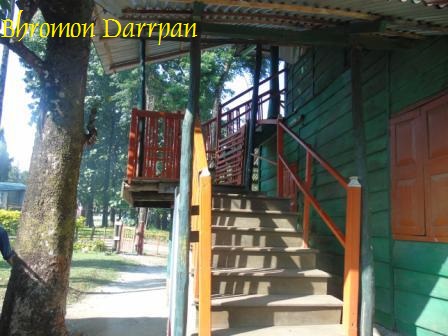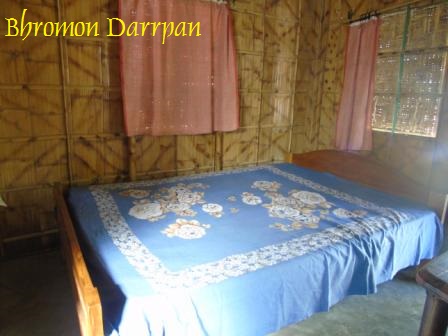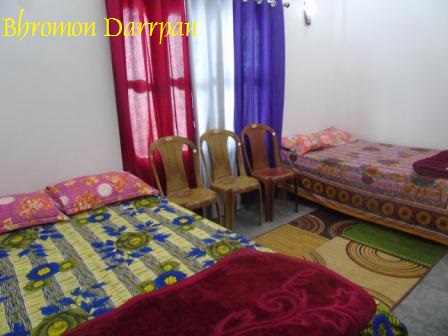JAYANTI
Jayanti is a small forest village within Buxa Tiger Reserve in Alipurduar district of West Bengal, India. It is located along the Jayanti River, forming a natural border with the Bhutan hills. It is popular with hikers for its beautiful views of the surrounding landscape and wild fountains. At the lower part of Bhutan Hills, just near the cave of Lord Shiva locally known as Mahakal flows a river named Jayanti. Jayanti flows through huge stones that roll down from Bhutan Hills. The journey at Jayanti is mainly comprises of trekking route. Short trek route that includes Juneli trek, Pokhri trek, jungle trek, Mahakal trek (both chota and bara Mahakal). As soon as the train crosses Sevoke railway station, it enters the forest area. At first the train enters the area of Mahananda Wildlife Sanctuary; from there through Buxa Tiger Reserve and Rajabhatkhawa range it reaches Alipurduar. From Alipurduar by road Jayanti is about 32 kilometer. Jayanti Range is best known as the core area of Buxa Tiger Reserve of Dooars of North Bengal. After crossing Rajabhatkhawa check post, the road has divided Buxa Tiger Reserve into two parts and got adjoined with the Buxa Fort. At the mid section of this road from Jayanti more at the right hand side at about 10 kilometer is Jayanti Village. Literary Jayanti is a small village just on the lap of Bhutan Hills and is surrounded from all sides within an area of about 62 sq. Kilometer by Jayanti Range. In fact Jayanti is one of the last destination of Dooars region. Crossing the Jayanti River towards the jungle route is the Bhutia Basti, from there to a few steps forward is the Bajekhola and Chunia watch tower. From Jayanti at about 12 kilometer distance is Chunia watch tower. To reach the tower through the jungle route one will get glimpse of elephants, Deer, Leopard, wild dogs and Hedge Hogs. Guides are available to reach the tower. From Jayanti river bed one can have a clear view of the small huts and houses that lightens up as the sun sets in the evening. There are options of homestays, along with guest house, hotels and tourist lodges available at Jayanti. To enter the jungle of Jayanti range permission is required from the Forest Department. From the jungle trek one can start for the Juneli trek. Juneli is a small river or stream that parted from Bala River. This river also emerged from the Bhutan Hills. It covers a total area of about 10 kilometer. But the trekking route is about only 7 kilometer. From the watch tower one can enter the dense forest area of Jayanti range. From the forest one can get down to the Juneli River. Juneli river is surrounded by jungles on both the sides, which is the local habitats of Leopard, along with wide varieties of mongooses, Jungle cats, one should be very careful while trekking in this region. While trekking along this route there are several long trees under the shade of which the trekkers used to take rest. The trek route is mainly formed by small stones and pebbles that flows along with the river. The quantity of water in Bala River is very less. But one will get to see numerous colourful butterflies those are busy in mudpudling around the stream. Species of butterflies may include Sword tail common Nawab, Twani King, Common crow, Mormon and many more. From Bala River the return journey to Jayanti is by road. After the Bala and Juneli trek one can start for the Bara Mahakal and Chota Mahakal trek. The route starts from Jayanti towards the Bhutan Hills on uphill trek. It is about 3 kilometer trek route, on the way one can visit the chota Mahakal. Mahakal is also known as a pilgrimage for the locals that live here. The temperature here is comparatively below than it is in around Jayanti River. Here sunlight plays hide and seek through the long trees and hills. One can see River Jayanti flows from the hills. From there the journey continues towards Bara Mahakal through joined hills locally known as Jora Pahar. From there the route is towards uphill trek. At first for few steps the route is made up of dried leaves and broken trunks of trees, then few stairs and after an entry point or gate, from there an uphill climb of about 25 steps on stairs like, from there the route will disappear. After that one needs to follows the jungle route with an experienced guide. An experience guide in this route is compulsory. The route is full of bamboo trees and boulder road. In the year 1985 Bara Mahakal came to the forefront of the locals. From then on special occasions, many people gather here to offer their prayers The Government of India and Bhutan in a joint collaboration built up a temporary route. But in the monsoon season the route gets completely destroyed and gets disappear, and again in the month of December the route stats visible again. For the last 27 years, in this way the route gets disappear in the monsoon and again appears in the month of December. But very recently a concrete road has build up for the tourists and for the locals. At the right hand side of Bara Mahakal there is a Buddhists monastery and to the left hand side a cave featuring an idol of lord Shiva. The idols get build up naturally by the stones and pebbles that flow with the water from the hills. These idols are the mixtures of Sterakota Lite and Sterakota Mite. From there the return journey to Jayanti is through the same route. From there one can visit to the nearest Pokhri Hills, which is in habitat by fishes and tortoise. The locals used to believe the lake as holy and sacred place. The Pokhri is at an altitude of about 1100 ft, this has a special attraction to the tourists and nature lovers. From Jayanti at about 4 kilometer trek route one can reach to this Pokhri. Guides are available for trekking to this Pokhri. Jayanti is also a paradise for bird lovers and watchers. Birds may include Himalayan Myna, Indian Roller, and wide varieties of Barbet, Woodpecker, Hornbill, Sultan Tit, and Himalayan Bul Bul.
Nearest Places to Visit: From Jayanti one can visit to the nearest Buxa Fort, and Buxa Tiger Reserve, Chilapata forest. But to visit Buxa Fort one needs to trek a distance of about 5 kilometer. Though at Chilapata there are facilities of jungle safari available. One can also visit South Raidak Forest House, Rasikbill, Nalrajar Gar and Coochbehar Rajbari. Menda Bari Fort is another attraction from Jayanti.
Best Time to Visit: The best time to visit Jayanti is October to March. But nature lovers can experience Jayanti at any time of the year. At the starting of monsoon Jayanti looks very beautiful, but from 15th June to 15th September Jayanti remains closed.
Trains available: The best trains to visit Jayanti are Saraighat Exp, Teesta Torsa Express and Kanchankanya Express, those reaches at New Alipurduar. From New Alipurduar by reserved jeeps and auto rickshaws Jayanti can be reached.
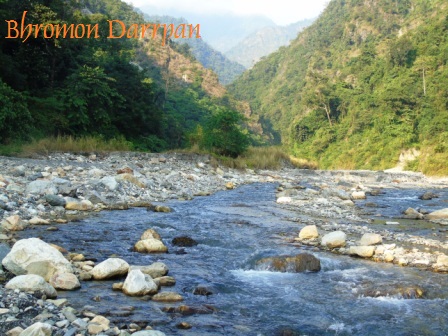

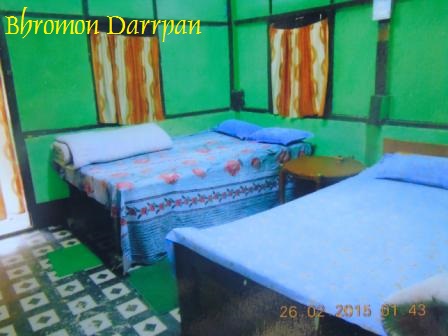

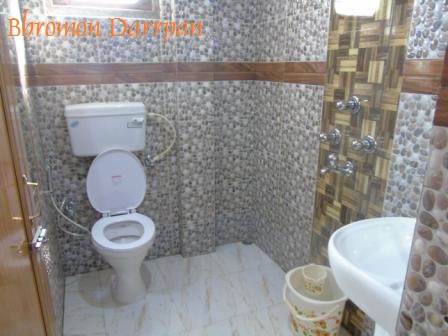
JAYANTI HOMESTAYS
RESORT MOHANCHURA, RESORT PRAKRITI are the options of the homestays those are available at Jayanti for the accommodation of the tourists. These homestays or resorts are situated just near the Jayanti river within a walk-able distance. The rooms of the resorts are fully wooden furnished with attached bathrooms and restaurant facility available. These homestays has the arrangements of local guides for the jungle trek and the famous Mahakal trek.
Rooms Features: Attached bathrooms, In house restaurants, arrangement of car for local sight seeing, guide arrangements, 24 hrs running hot and cold water. The homestays offers a wide view of the Jayanti river from the balconies.
Room Tariff varies @ 1000/- to 1200/- onwards per day per room + 10% service charge on the room rent. And also per head facility is also available @ 900/- (per day per head – inclusive of both food and lodging).
HOW TO BOOK: Call us at 9831311606 , 9830381306, 9830619422, 9831208172 to get the current availability status or use the query form furnished below with all you travel queries and submit, we will call/ contact you directly.
Or, you may also directly book from our Kolkata office at: 8C Shanti Ghosh Street, Kolkata – 700003. Nearest Landmark: Manindra Chandra College and Shyambazar Metro Railway Station (Gate No: 3)

